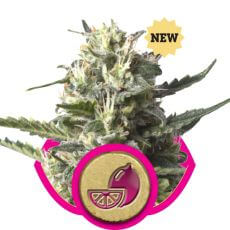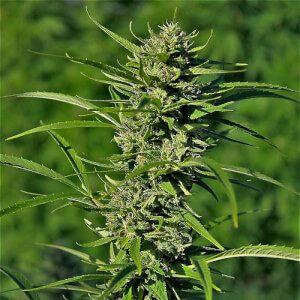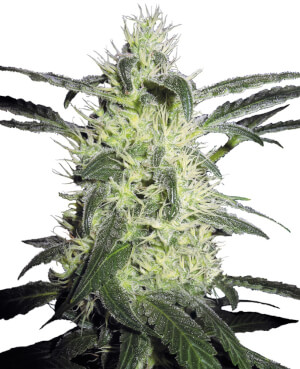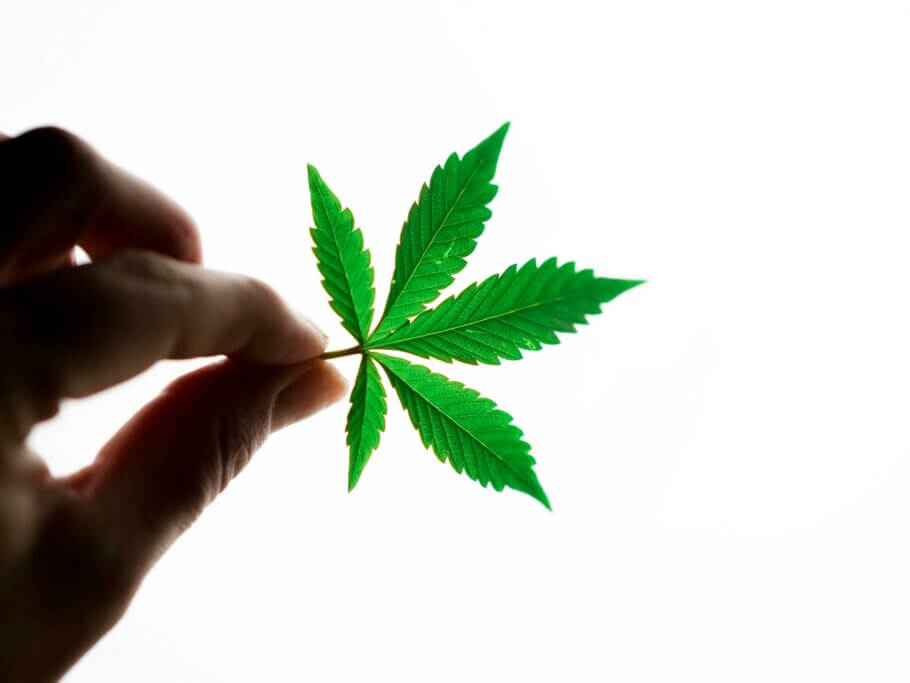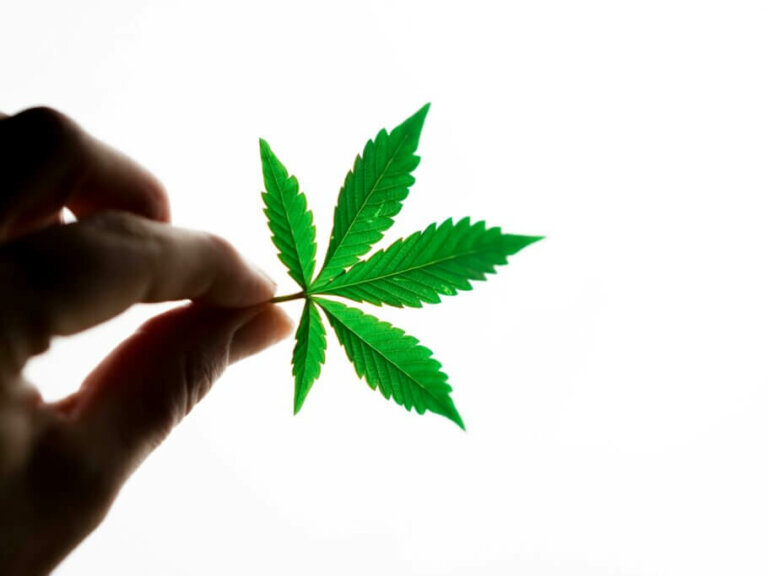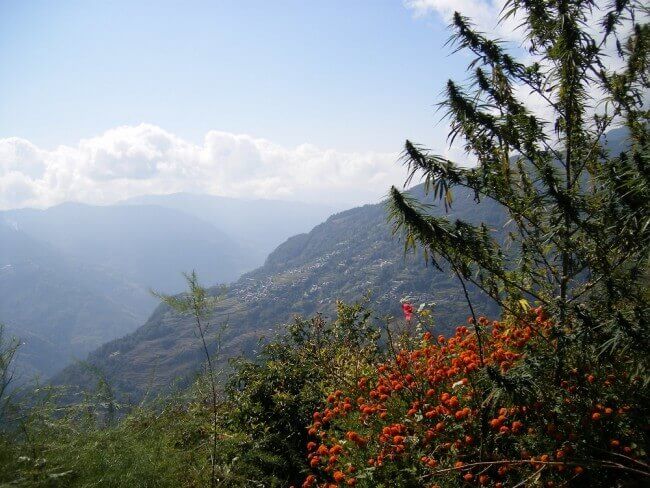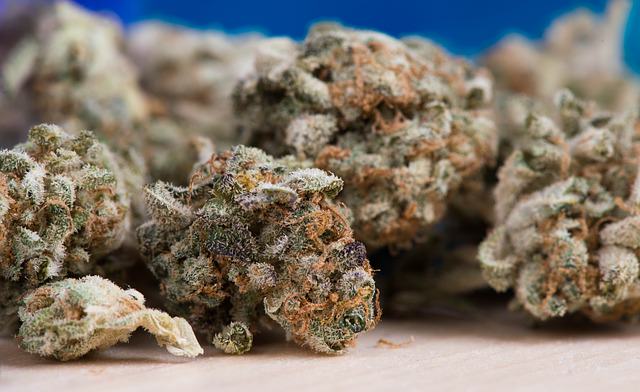Characteristics of Sativa cannabis strains
List of contents
In the world of cannabis, Sativa varieties have become the favorites of many users, who prefer their stimulating effect compared to other, more relaxing types of plants. Native to the tropical and subtropical fringes of the planet, cannabis Sativa plants have captivated growers, enthusiasts, and users for centuries.
With their narrow leaves, towering height, and energizing cerebral effects, Sativa strains offer a unique experience that resonates with the very essence of the warm, sunny climates where they thrive. Today we are going to explain to you the main characteristics, cultivation, and effects of these legendary varieties. Additionally, we will talk about the typical Sativa/Indica classification of cannabis and see if there are other ways to classify our favorite plants today.
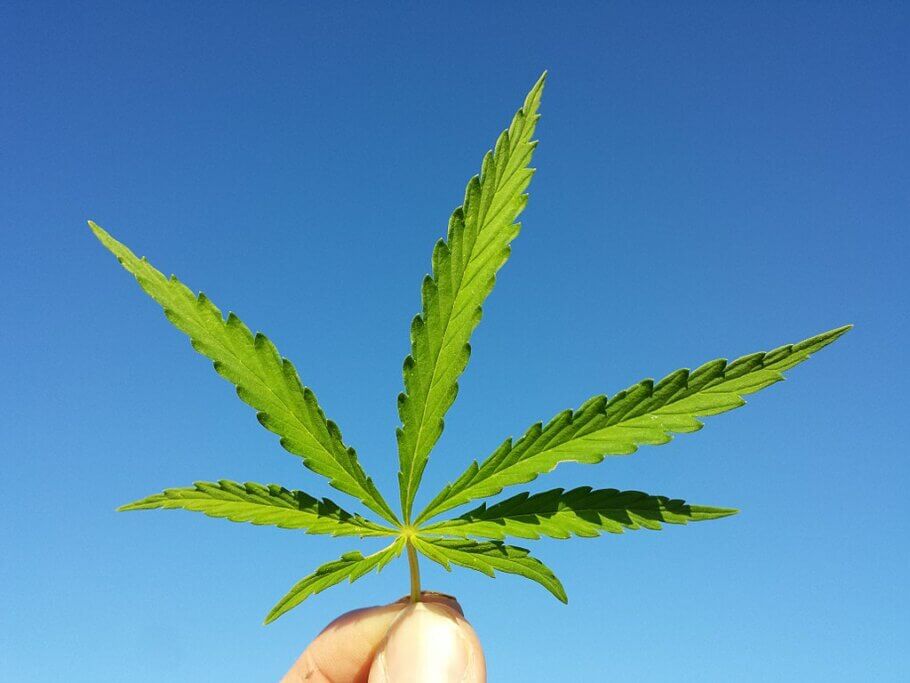
What are Sativa strains?
As we have already mentioned, Sativa cannabis varieties originate from tropical and subtropical regions around the world. Some of the main areas where they can be found include:
- Africa: Specifically in countries such as Nigeria, South Africa, and some parts of West and Central Africa. Among them, genetics such as Malawi Gold or Durban Poison stand out.
- Asia: Regions such as Southeast Asia, including Thailand, Vietnam, Cambodia, and Laos, are known to be homelands of Sativa strains. Plants like Thai from Ace Seeds or Vietnamese Mind Fuck are good examples.
- South and Central America: Countries such as Colombia, Mexico, and Brazil have also been identified as places where Sativa strains developed naturally. Some of the best-known are Colombian Gold, Mexican Sativa, Acapulco Gold, and Panama Haze.
The ideal climate for Sativa cannabis strains is warm, humid, and sunny. These plants are adapted to tropical and subtropical climates where they can receive abundant sunlight for long periods of time. They prefer warm daytime temperatures, with high levels of humidity and few temperature fluctuations during the growth cycle.
The Mediterranean climate can also be suitable for growing Sativa strains, as long as the conditions are warm and sunny enough. In summary, the tropical or subtropical climate provides the optimal environment for the successful cultivation of this type of variety, although keep in mind that its flowering can be really long, lasting several months in many cases.
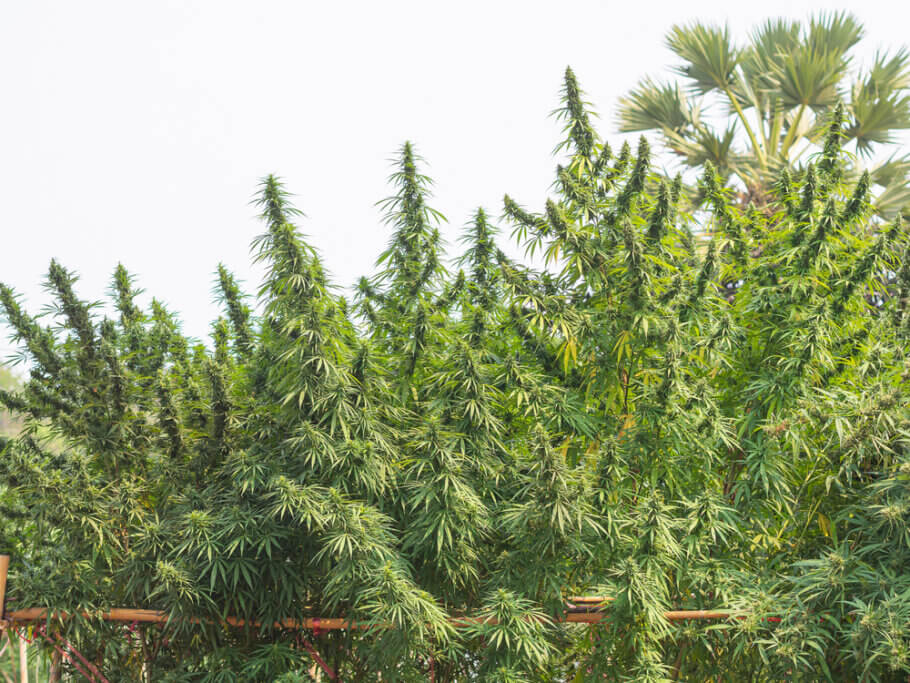
Characteristics of Sativa varieties
A cannabis Sativa variety is usually characterized by its specific morphology and properties, including:
- Morphology: Cannabis Sativa plants tend to be tall and thin, with long, thin leaves. They tend to have a more open and less dense structure than Indica cannabis varieties.
- Effects: Sativa varieties tend to produce more cerebral and stimulating effects than Indica varieties. Many users experience an increase in energy, creativity, and mental focus after consuming cannabis Sativa. Thus, they are usually associated with stimulating, creative, and social effects.
- Uses: Because of these stimulating effects, Sativa strains are often preferred during the day or in situations where you want to maintain activity and productivity. Medicinally, they are used for a variety of purposes, including relieving stress, depression, and fatigue, as well as stimulating appetite and relieving minor pain.
- Origin: Sativas originate from tropical and subtropical regions around the world, such as Africa, Southeast Asia, and South America. Due to their adaptation to warm, sunny climates, these plants tend to have longer flowering cycles and require more time to mature than Indica varieties.
In summary: when talking about a Sativa variety, it is associated with a type of plant of great stature, with leaves with thin leaflets, a very long flowering period and a stimulating effect.
How to grow Sativa strains
Growing these types of varieties requires a specific environment to thrive properly. Given their size and long flowering period, they are not very common in indoor growing rooms or closets, unless they are Sativa-dominant hybrids for which these parameters have been reduced. Here are some recommendations on how and where to grow these plants:
- Climate: Opt for a location with a warm, sunny climate, similar to that of the tropical and subtropical regions where Sativas originate naturally. Ideal daytime temperatures range between 21°C and 30°C during the vegetative growth and flowering phase.
- Solar Exposure: Look for a location with access to full sun for most of the day. Sativa strains need a lot of light to grow and develop properly. Ideally, choose a location with at least 6-8 hours of direct sunlight.
- Vertical Space: Sativas tend to grow tall and slender, so you will need enough vertical space to allow the plants to reach their full growth potential. If you are growing indoors or cannot have plants that are too tall, consider training techniques such as LST (Low-Stress Training) or SCROG (Screen of Green) to control height and maximize light exposure.
- Soil and nutrients: Use a nutrient-rich, well-drained substrate to ensure healthy growth. Consider supplementing with organic or mineral fertilizers designed specifically for cannabis during the growth and flowering cycles.
- Climate Control: If you grow indoors, be sure to maintain optimal environmental conditions, including adequate levels of temperature, humidity, and air circulation. Outdoors, protect plants from extreme weather conditions such as strong winds or heavy rain.
As you can see, to grow these genetics successfully choose a location with a warm, sunny climate, provide plenty of direct sunlight, and make sure you have enough vertical space for plant growth. With the right conditions and proper care, you can get great harvests!
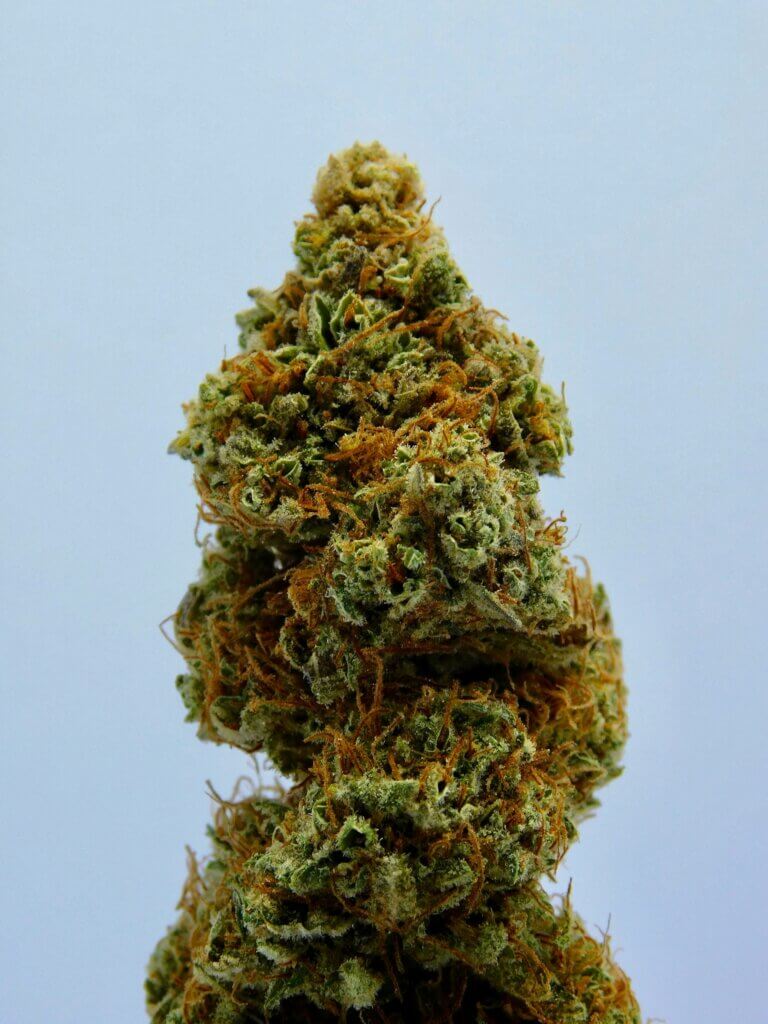
Sativa strain hybrids
Since growing this type of variety indoors is really difficult, breeders soon made hybrids between Sativa plants and Indica plants, obtaining new varieties with a size and flowering period much more suitable for this type of cultivation, where the height and Electricity spending are factors to take into account.
When creating these Sativa-dominant hybrids, many of them maintain certain characteristics of their Sativa parents, such as the stimulating effect or flavor. However, other cultivation parameters (and therein lies the work of the breeder ) must be modified through breeding, especially size (height) and duration of flowering; Only in this way will you get a mainly Sativa variety that does not cause problems when grown indoors. Some good examples of this type of hybrid are Lemon OG Candy, Red Hot Cookies, or Amnesia Lemon.
Characteristics of Indica cannabis strains
The main characteristics of the most notable Indica varieties are their short flowering period, short stature and their particular effect (in some cases medicinal). They are more easily grown than sativa genetic varieties, producing shorter plants with wider leaves. Today we tell you everything about this type of varieties and the best way to grow them.
Are all Sativas the same?
At the beginning of this post, we mentioned that we would talk about other types of cannabis classification. Traditionally, the term "Sativa" was associated with tall plants with fine leaves and endless flowering periods, coming from tropical and subtropical areas. Likewise, something similar happened with the term "Indica", which was linked to short, compact plants with leaves with large leaflets, which came from mountainous areas. In this way, both concepts refer to the morphology or structure of the plant.
As time went by, both terms also ended up related to the type of effect caused: "Sativa" provided stimulating and energetic, almost psychedelic, effects, while "Indica" produced a much more relaxing, even sedative, effect. Is this 100% true? Well, in some cases no, but it was an easy way to classify plants by their morphology or chemotype, and that today is used by the majority of users and growers.
However, for years a series of researchers have proposed a new classification, much more faithful to reality and which you may have heard of. If you've ever read things like "BLD" or "NLH" referring to types of cannabis, it was this new way of cataloging different types of plants. We summarize them for you:
- BLD (Broad-leaf drug) or broad-leaf psychoactive cannabis plant, what would become the traditional Indicas.
- NLD (Narrow-leaf drug) or narrow-leaf psychoactive cannabis plant, or as most Sativas would be called.
- BLH (Broad-leaf hemp) or non-psychoactive broad-leaf hemp plant.
- NLH (Narrow-leaf hemp) or non-psychoactive narrow-leaf hemp plant.
Happy harvest!

















































